Запрос сейчас
Любые вопросы? Отправьте нам сообщение сейчас! Мы обработаем ваш запрос всей командой после получения вашего сообщения. 🙂
| Имя | Этиленовая смола |
| Синонимы | КПЭ Этиленовая смола ПОЛИЭТИЛЕН, ХЛОР Хлорированный полиэтилен Полиэтилен,хлорированный Хлорполиэтилен (ХПЭ) этиленовая смолахлорированнаяCl ЭТИЛЕН, ХЛОРИРОВАННАЯ СМОЛА ЭТИЛЕНОВАЯ СМОЛА, ХЛОРИРОВАННАЯ Хлорированный полиэтилен, рулонный хлорированный полиэтиленовый эластомер |
| КАС | 63231-66-3 |
Обеспечьте низкий минимальный объем заказа для удовлетворения различных потребностей.
Предоставляйте индивидуальные продукты и дизайнерские услуги для удовлетворения уникальных потребностей клиентов.
Обеспечьте быструю обработку заказов, минимизируйте время ожидания и обеспечьте надежный и эффективный сервис.
Обеспечивайте высокое качество продукции, уделяя особое внимание удовлетворению потребностей клиентов.
| Молекулярная формула | C4H7Cl |
| Молярная масса | 90.55138 |
| Плотность | 1,22 г/м3 при 25°C (лит.) |
| Использовать | Используется как модификатор поливинилхлорида, АБС и других полиолефинов. |
| Сырье | Перекись бензоила Перекись бензоила Поли(этилен) Хлор |
Полиэтилен высокой плотности является кристаллическим полимером высокого качества, и по мере того, как атомы водорода в молекулярной цепи заменяются хлором, его кристалличность уменьшается, он становится мягким, а температура стеклования уменьшается. Однако, когда содержание хлора в хлорированном полиэтилене превышает определенное значение, температура стеклования увеличивается. Поэтому температура стеклования и температура плавления хлорированного полиэтилена могут быть выше или ниже, чем у исходного полиэтилена. Молекулярная структура хлорированного полиэтилена, содержащего сополимер этилена, винилхлорида и 1,2-этилена, обычное содержание хлора в хлорированном полиэтилене 25% ~ 45% (масса), с молекулярной массой смолы, содержанием хлора, различными молекулярными структурами и процессами хлорирования может проявлять различные свойства от твердых пластиков до эластомеров. Хлорированный полиэтилен обладает превосходной атмосферостойкостью, морозостойкостью, ударопрочностью, химической стойкостью, маслостойкостью и электрическими свойствами, а также имеет двойные свойства пластика и резины, а с другими пластиками и наполнителями имеет хорошую совместимость. Поэтому его можно заполнить большим количеством наполнителя, например, 100 частей диоксида титана или 400 частей бентонита (или сажи) на 300 частей смолы. Хлорированный полиэтилен с содержанием хлора более 25% также является самозатухающим. Его также можно сшить с органическим пероксидом или тому подобным для получения вулканизирующегося полимера.
Хлорированный полиэтилен (ХПЭ) является продуктом хлорирования полиэтилена. Реакция хлорирования непрерывно осуществляется с использованием света или инициатора свободных радикалов в качестве катализатора. После достижения потребности в хлорировании подача хлора прекращается, и реакция завершается. Реакция хлорирования может использовать йод, хлорид алюминия, хлорид железа, органический пероксид в качестве катализатора, медленная реакция в темноте, небольшое количество кислорода от каталитического эффекта и большое количество ингибирования кислородом. В настоящее время методы, обычно используемые в промышленном производстве ХПЭ, являются методом раствора, методом газовой фазы и методом суспензии в водной фазе.
Хлорированный полиэтилен с небольшим количеством модифицированного ПВХ, HDPE, MBS может быть экструдирован для производства различных стойких труб, кислотостойких труб, гидроизоляционных мембран, профилей, пленок и термоусадочных пленок. Также могут быть изготовлены различные формованные изделия, полы, герметики для строительства, покрытия, покрытия проводов и кабелей, а также различные изделия из наполнителей. Хлорированный полиэтилен используется в качестве модификатора для ПВХ, ПЭ и резины, что может значительно улучшить эксплуатационные характеристики этих продуктов. Модифицированный хлорированным полиэтиленом жесткий ПВХ может производить широкий спектр мягких, полумягких и жестких пластиков. В качестве модификатора упрочнения для ПВХ он может улучшить его эластичность, прочность и низкотемпературные характеристики, а температура хрупкости может быть снижена до -40 ℃, в то время как атмосферостойкость, термостойкость и химическая стабильность намного превосходят другие модификаторы резины, поэтому его можно широко использовать в качестве строительного материала. В качестве модификатора для полиэтилена можно улучшить пригодность для печати, огнестойкость и гибкость. После добавления 5% CPE в HDPE, сила сцепления с чернилами может быть увеличена в 3 раза; После добавления небольшого количества CPE, Sb2 03 и белого масла в формулу моего PE шланга, огнестойкость может быть улучшена, плотность PE пены, модифицированной CPE, увеличивается, и CPE может быть использован в качестве солюбилизатора для смешивания с ABS, PS, PP, PVC и резиной. Хлорированный полиэтилен, как и желаемые пластики, может быть нанесен на поверхности металлических изделий, текстиля, бумаги, стекла и дерева методом газопламенного распыления.
Внешний слой упаковки продукта представляет собой полипропиленовый тканый мешок, выстланный полиэтиленовой пленкой, а чистый вес каждого мешка составляет 25 кг. Во время хранения и транспортировки склад или отсек должен быть сухим, чистым и хорошо проветриваемым. При погрузочно-разгрузочных работах не следует использовать железные крюки.
Поскольку хлорированный полиэтилен содержит большое количество атомов хлора, его необходимо синтезировать с добавками, такими как термостабилизаторы, пигменты, наполнители и смазочные вещества, чтобы сохранить его состав и получить требуемые свойства. Например, в термопластичную композицию CPE необходимо добавить термостабилизатор, чтобы избежать образования HC1 при нагревании. Эти термостабилизаторы должны быть акцепторами кислоты, такими как эпоксидированное соевое масло, циклоалифатические эпоксидные соединения, оксид магния и карбонаты и тому подобное. При обработке с использованием процесса горячего расплава добавляют антиоксиданты для улучшения характеристик, а затрудненные фенолы используются для обеспечения стабильности цвета смолы при высоких температурах. Затрудненные амины используются в качестве светостабилизаторов для защиты светостойкости смолы. Хлорированный полиэтилен можно использовать в общем литье под давлением, процессе экструзионного формования. Смешанный с ПВХ, можно использовать в общей переработке экструзии ПВХ в трубу, плиту, покрытие проводов, профиль, пленку, термоусадочную пленку; Также возможно нанесение покрытия, компрессионное формование, ламинирование, композитирование, механическая обработка, сварка и склеивание и т. д.
| Производительность | хлорированный полиэтилен, внешний вид - белый порошок, нетоксичный и безвкусный, насыщенные полимерные материалы, с отличной атмосферостойкостью, озоностойкостью, химической стойкостью и стойкостью к старению, с хорошей маслостойкостью, огнестойкостью и красящими свойствами. Хорошая прочность и другие полимерные материалы имеют хорошую совместимость, высокую температуру разложения. |
| Использовать | используется в качестве модификатора для ПВХ, АБС и других полиолефинов полученные из тиадиазола; фармацевтические промежуточные продукты |
| метод производства | использование реакции дистилляции полиэтилена высокой плотности после приготовления, процесс в основном включает метод раствора, метод суспензии, метод растворителя суспензии и метод псевдоожиженного слоя. (1) метод раствора?????? Порошок полиэтилена высокой плотности с определенными характеристиками нагревают и растворяют в полярных растворителях, таких как четыреххлористый углерод и хлорбензол. Под действием инициатора свободных радикалов (такого как азобисизобутиронитрил и т. д.) реакция хлорирования проводилась при давлении от нормального давления до 0,686 МПа. После определения содержания хлора в продукте продукт извлекается с помощью анализа воды, а затем дегидратируется и высушивается для получения некристаллического и эластичного продукта. Метод легко контролировать и может производить стабильный чистый хлорированный полиэтилен, но растворитель легко вызывает загрязнение, процесс восстановления сложен, потребление энергии велико, и он редко используется в промышленности. (2) метод суспензии?????? Относительная молекулярная масса 100 000-150 000, размер частиц сита 60 меш порошка полиэтилена высокой плотности в содержащем определенное количество эмульгатора, диспергатора и инициатора (например, перекиси бензоила и азобисизобутиронитрила) в водной среде, после завершения эмульгирования температура была повышена до 115-120 ° C, и хлорирование было проведено при нормальном давлении до 0,98 МПа и условиях отсутствия кислорода. Контролируйте количество хлора и время хлорирования, то есть приготовление определенного количества хлорной смолы. Продукт реакции нейтрализуют, промывают водой, фильтруют, центрифугируют и сушат для получения определенной степени кристалличности и эластичности продукта. (3) метод растворителя суспензии???? В суспензионную среду добавляется определенное количество растворителя, и операция хлорирования такая же, как и при методе суспензии. (4) метод псевдоожиженного слоя????????? Использование высокодисперсного полиэтиленового порошка, в гамма-лучах или ультрафиолетовом излучении, в псевдоожиженном слое хлорирования, его также называют газофазным методом. Процесс этого метода трудно контролировать. |
Резиновые и пластиковые ингредиенты имеют широкий спектр применения в различных отраслях промышленности. Вот некоторые распространенные приложения:
Резиновые ингредиенты, такие как смеси синтетического каучука, технический углерод и технологические добавки, используются при производстве шин, ремней, шлангов, прокладок, уплотнений и других автомобильных компонентов. Эти материалы обеспечивают долговечность, гибкость и устойчивость к нагреву и износу.
Резиновые ингредиенты используются при производстве различных резинотехнических изделий, в том числе конвейерных лент, промышленных шлангов, уплотнений, прокладок, уплотнительных колец, компенсаторов и резиновых листов. Эти продукты используются в таких отраслях, как горнодобывающая промышленность, строительство, сельское хозяйство, нефть и газ и обрабатывающая промышленность.
Пластмассовые ингредиенты, в том числе полимерные смолы, пластификаторы, стабилизаторы, красители и антипирены, используются в производстве широкого спектра пластиковых изделий и упаковочных материалов. Сюда входят пищевые контейнеры, бутылки, упаковочная пленка, трубы, игрушки, электроизоляция и автомобильные детали.
Резиновые и пластиковые ингредиенты находят применение в строительных материалах, таких как кровельные мембраны, гидроизоляционные материалы, герметики, клеи и изоляционные материалы. Эти материалы обеспечивают устойчивость к атмосферным воздействиям, гибкость и долговечность в различных строительных применениях.
Резиновые и пластмассовые ингредиенты используются в производстве потребительских товаров, таких как обувь, спортивные товары, игрушки, бытовая техника, электроника и мебель. Они обеспечивают комфорт, безопасность и эстетическую привлекательность этих изделий.
Резиновые и пластмассовые ингредиенты используются в сфере здравоохранения для производства медицинских приборов, оборудования и упаковочных материалов. Сюда входят такие предметы, как перчатки, шприцы, катетеры, трубки для внутривенного вливания, медицинские трубки и фармацевтическая упаковка.
Пластмассовые ингредиенты используются в производстве электрических и электронных компонентов, таких как разъемы, изоляция кабелей, распределительные устройства, печатные платы и корпуса для электронных устройств. Эти материалы обеспечивают изоляцию, огнестойкость и защиту от электропроводности.
Резиновые и пластиковые ингредиенты используются в производстве бытовой электроники, такой как мобильные телефоны, ноутбуки, планшеты и аудиовизуальные устройства. Они предоставляют защитные кожухи, кнопки, клавиатуры и амортизирующие компоненты.
Резиновые и пластиковые ингредиенты также используются в процессах переработки для переработки и повторного использования резиновых и пластиковых материалов. Технологии переработки помогают сократить количество отходов и повысить устойчивость резиновой и пластмассовой промышленности.
Резиновые и пластмассовые ингредиенты используются в производстве широкого спектра товаров народного потребления. Сюда входят игрушки, электронные устройства, бытовая техника, упаковочные материалы, спортивные товары, обувь и аксессуары для одежды. Они обеспечивают гибкость, амортизацию, водонепроницаемость и эстетическую привлекательность.
Это всего лишь несколько примеров широкого применения резиновых и пластиковых ингредиентов в различных отраслях промышленности. Универсальность и свойства этих материалов делают их незаменимыми для множества продуктов и секторов нашей повседневной жизни.
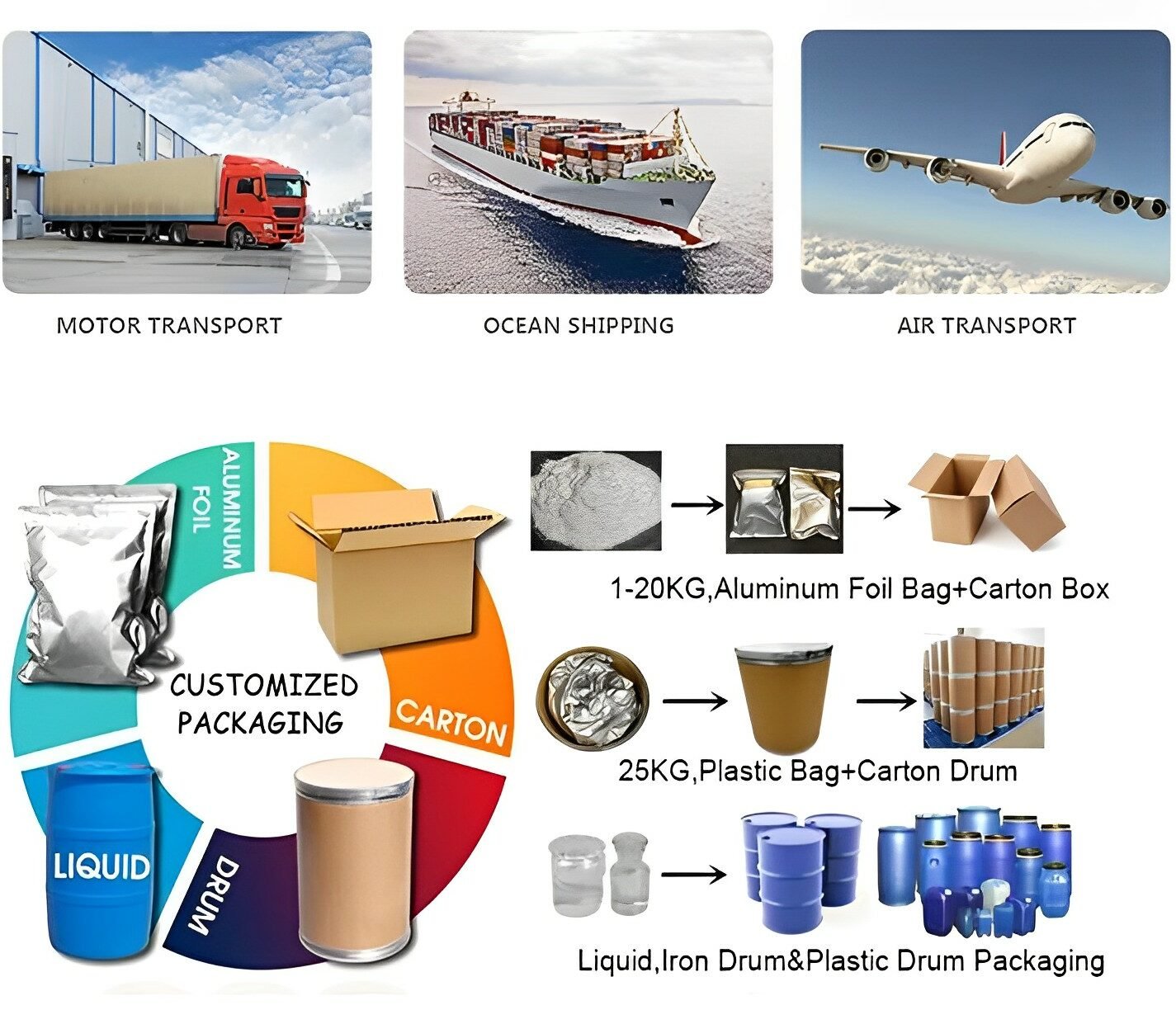
WAP Химическая
2 года
TUV, CE, ИНМЕТРО
ТТ, Л/К, Вестерн Юнион
7-15 дней
Можно договориться
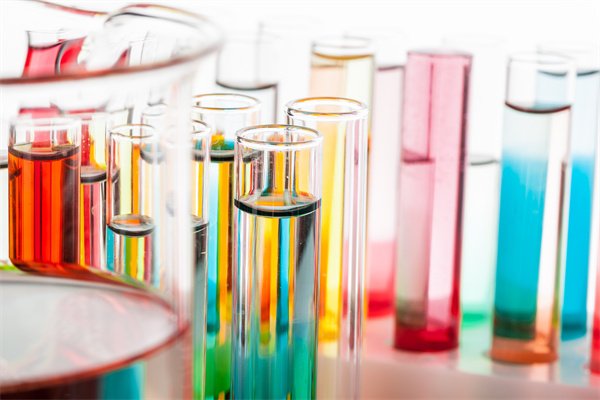
В WPA Chemical мы уделяем приоритетное внимание безопасности и придерживаемся строгих стандартов качества при производстве пищевых добавок. Доверьте нам поставку продуктов, которые соответствуют отраслевым нормам и превосходят их.
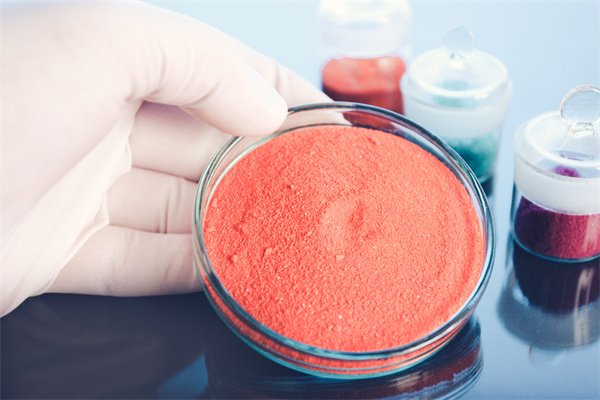
Благодаря широкому ассортименту пищевых добавок мы предлагаем широкий выбор для удовлетворения разнообразных потребностей. От консервантов до усилителей вкуса — у нас есть идеальное решение для любых кулинарных требований.

Наши продукты проходят строгие испытания и анализы, чтобы гарантировать их эффективность и безопасность. Положитесь на WPA Chemical, которая предоставит пищевые добавки, которые были тщательно проверены и одобрены к употреблению.
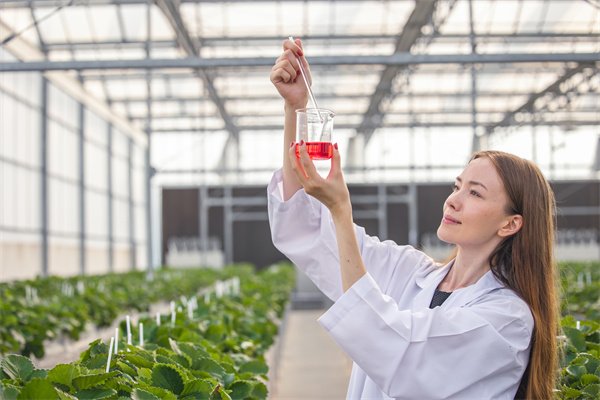
Имея многолетний опыт работы в индустрии пищевых добавок, мы глубоко понимаем тенденции рынка и требования клиентов. Положитесь на наш опыт, чтобы предоставить вам добавки самого высокого качества.
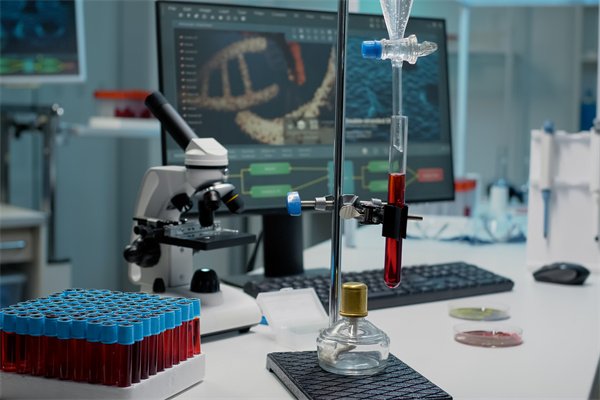
Мы стремимся к устойчивым производственным практикам. Наши пищевые добавки производятся с использованием экологически чистых процессов, которые сокращают выбросы углекислого газа и обеспечивают исключительные результаты.

Мы уделяем приоритетное внимание удовлетворению потребностей клиентов и стремимся построить долгосрочные отношения. Воспользуйтесь нашим быстрым обслуживанием, надежной доставкой и индивидуальной поддержкой, гарантируя, что ваши потребности будут удовлетворены с максимальным профессионализмом.
Да, мы являемся производителем резиновых и пластиковых ингредиентов. WPA — это компания, которая специализируется на производстве и поставке различных веществ или соединений, используемых при разработке и производстве резиновых и пластиковых материалов. Мы производим и поставляем базовые полимеры, наполнители, пластификаторы, стабилизаторы, антиоксиданты, красители, антипирены, технологические добавки и другие добавки для резиновой и пластмассовой промышленности.
Мы предлагаем широкий ассортимент продукции, отвечающей потребностям резиновой и пластмассовой промышленности. Эти продукты включают в себя различные типы базовых полимеров, специальные полимеры, наполнители, армирующие агенты, пластификаторы, антиоксиданты, УФ-стабилизаторы, красители, антипирены, пенообразователи, технологические добавки и другие добавки.
Да, мы можем предоставить продукцию по индивидуальному заказу, отвечающую конкретным требованиям клиентов. WPA имеет возможность изменять рецептуру, сорт или свойства своих ингредиентов в зависимости от потребностей клиента, например, регулируя твердость, гибкость, цвет или другие желаемые характеристики.
Резиновые и пластмассовые ингредиенты — это различные вещества или соединения, которые используются при разработке и производстве резиновых и пластмассовых материалов. Эти ингредиенты включают базовые полимеры, наполнители, пластификаторы, стабилизаторы, антиоксиданты, красители, антипирены, технологические добавки и другие добавки.
Резиновые и пластиковые ингредиенты служат нескольким целям при производстве резиновых и пластиковых изделий. Они улучшают механические свойства, такие как гибкость, прочность и долговечность. Они улучшают технологичность, формуемость и стабильность. Они также обеспечивают желаемые характеристики, такие как устойчивость к ультрафиолетовому излучению, химическая стойкость, термостойкость, огнестойкость, цвет и текстура.
Резиновые и пластиковые ингредиенты могут включать различные типы полимеров. Что касается каучука, распространенные базовые полимеры включают натуральный каучук (NR), бутадиен-стирольный каучук (SBR), полибутадиеновый каучук (BR), нитриловый каучук (NBR), этиленпропилендиеновый мономерный каучук (EPDM) и силиконовый каучук. Для пластмасс используются различные полимеры, такие как полиэтилен (ПЭ), полипропилен (ПП), поливинилхлорид (ПВХ), полиэтилентерефталат (ПЭТ) и полистирол (ПС).
Наполнители — это материалы, которые добавляются в резиновые и пластмассовые смеси для улучшения их механических свойств, снижения затрат и улучшения обработки. Обычные наполнители включают углеродную сажу, диоксид кремния, карбонат кальция, тальк и стекловолокно. Они помогают укрепить материал, повысить жесткость, улучшить стойкость к истиранию и уменьшить усадку.
Да, существуют экологические соображения, связанные с резиновыми и пластиковыми ингредиентами. Выбор ингредиентов и добавок может повлиять на биоразлагаемость, возможность вторичной переработки и экологичность резиновых и пластиковых материалов. Производители все чаще изучают экологически чистые альтернативы и внедряют методы, которые минимизируют воздействие производства резины и пластмассы на окружающую среду.
Выбор правильных резиновых и пластиковых ингредиентов включает рассмотрение желаемых свойств, требований к производительности, условий обработки и применимых правил для вашего конкретного применения. Часто бывает полезно проконсультироваться с экспертами WPA, чтобы мы могли предоставить рекомендации, основанные на наших знаниях и опыте.
Да, резиновые и пластиковые ингредиенты могут быть адаптированы к конкретным требованиям различных применений. WPA может адаптировать рецептуру, регулируя тип и количество ингредиентов для достижения желаемых свойств и эксплуатационных характеристик.
Мы являемся международной компанией по поставкам химической продукции, базирующейся в Шанхае, Китай, с более чем 10-летним опытом работы, продаем в Восточную Европу (50.00%), Северную Америку (30.00%), Африку (10.00%), Юго-Восточную Азию (5.00%), Восточная Азия(5.00%). Всего в нашем офисе работает около 10–15 человек.
Всегда предсерийный образец перед массовым производством;
Всегда окончательная проверка перед отправкой;
Вспомогательные вещества для покрытия, резиновые химикаты, пластмассы, специальные пигменты, ароматизаторы и ароматизаторы, пищевые добавки, косметическое сырье, поверхностно-активные вещества и т. д.
WPA - профессиональная торговая компания, специализирующаяся на экспорте химикатов. Наша фактическая мощность составляет 200 000 тонн по конкурентоспособным ценам. Мы также поставляем качественные химикаты и пищевые добавки. И у нас есть цепочка поставок химикатов.
Принятые условия доставки: FOB, CFR, CIF, EXW, FAS, CIP, FCA, CPT, экспресс-доставка.
Принимаемая валюта платежа: доллар США, евро, иена, канадский доллар, австралийский доллар, гонконгский доллар, фунт стерлингов, юань, швейцарский франк;
Принятый тип оплаты: T/T,L/C,D/PD/A, MoneyGram, кредитная карта, PayPal, Western Union, наличные;
Язык общения: английский, китайский, русский
Обычно в течение 20 дней после размещения заказа. Для получения подробной информации свяжитесь с нами по телефону или электронной почте.
Любые вопросы? Отправьте нам сообщение сейчас! Мы обработаем ваш запрос всей командой после получения вашего сообщения. 🙂
Политика конфиденциальности. Порошок XCHEMI
Заполните форму ниже, и мы ответим на ваш запрос как можно скорее.
